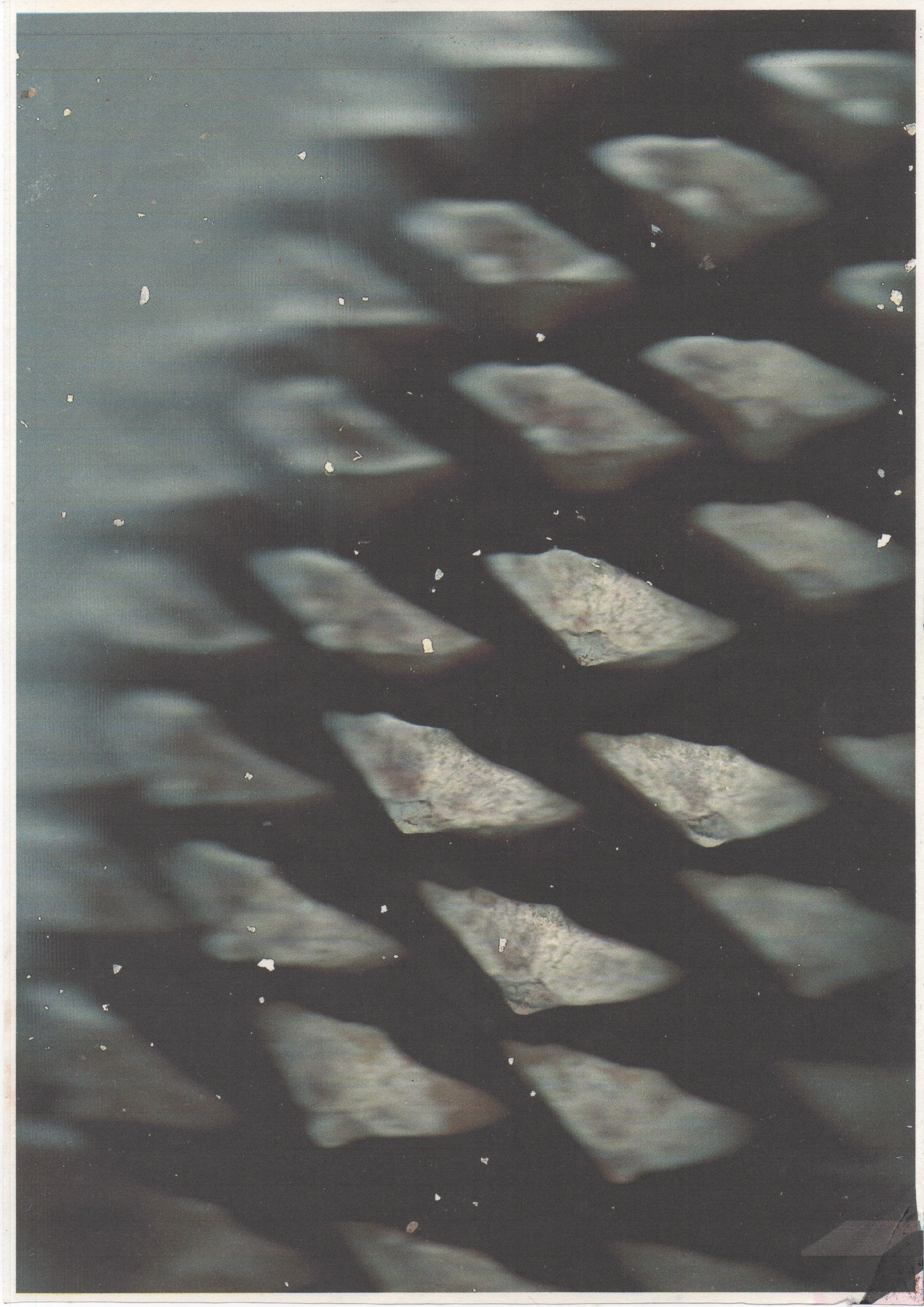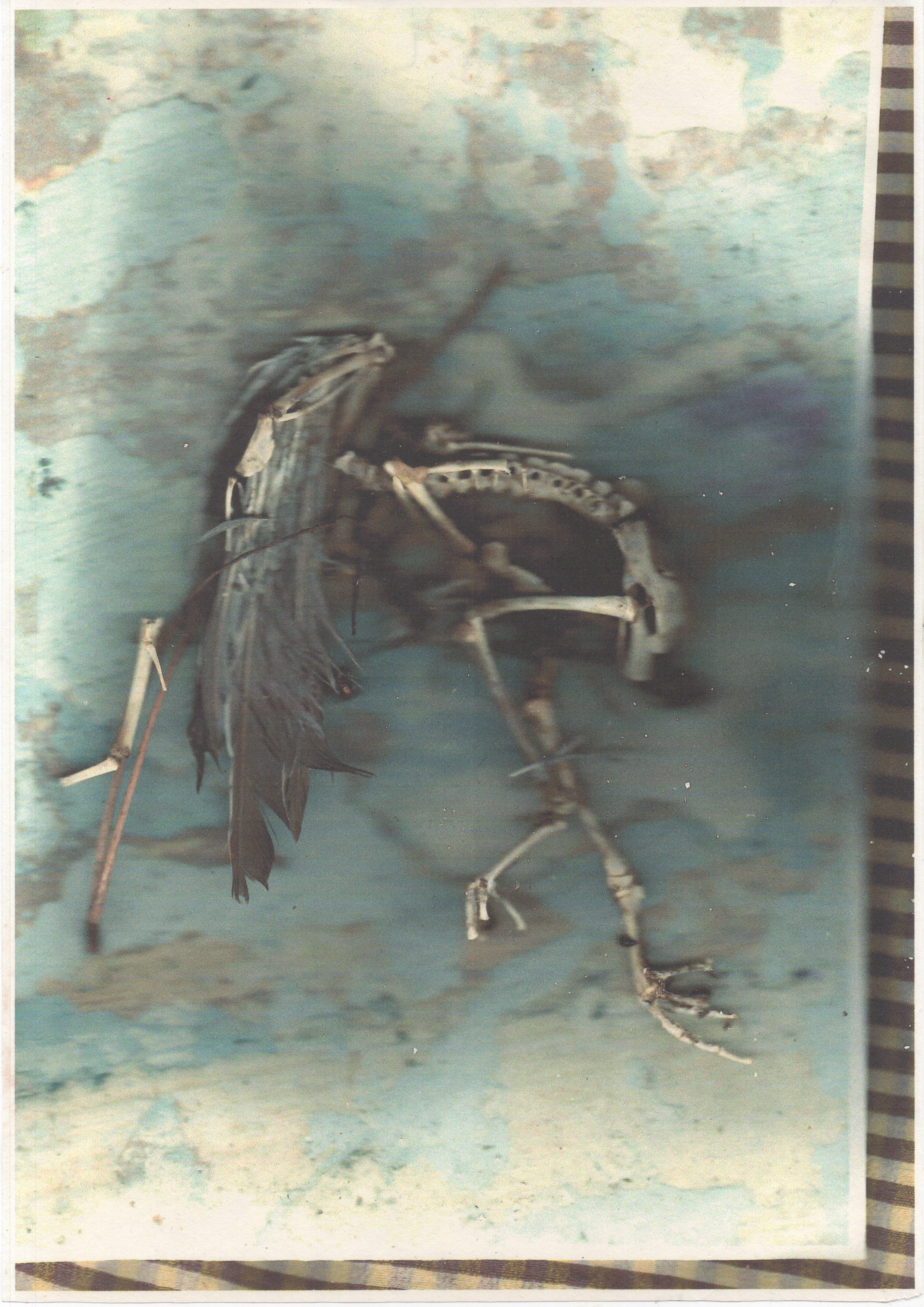
Caserma Pepe, Venice 18
Built between 1591 and 1595, the Caserma Pepe is an old military barracks on the Lido, Venice. Left abandoned in 1999 the historical building was taken on by Biennale Urbana (BURB) in 2016. BURB is a group seeking to explore the boundaries between the Biennale, Venice and the Lagoon, working with local and international organisations. This year they collaborated with the French pavilion for the 16th Architecture biennale, Freespace. The residency studied the process of reinhabiting the space, paying homage to the building’s history and ambitions for the future. This resulted in an installation and series of prints. The project was curated by Andrea Bortolotto, who organised a series of research trips around the lagoon, which set the framework of the project.
The persistence of hearing
Biennale urbana, caserma pepe, Venice 2018

Caserma Pepe
20th August - 9th September 2018
Built between 1591 and 1595, the Caserma Pepe is an old military barracks on the Lido, Venice. Left abandoned in 1999; the historical building was taken on by Biennale Urbana (BURB) in 2016. BURB seeks to explore the boundaries between the Biennale, Venice and the Lagoon, working with local and international organisations. This year they collaborated with the French pavilion for the 16th Architecture Biennale, Freespace. The residency studied the process of reinhabiting the space, paying homage to the building’s history and ambitions for the future. This resulted in an installation and series of prints. The project was curated by Andrea Bortolotto, who organised a series of research trips around the lagoon, which set the framework of the project.


The Persistence of Hearing
Original military papers, hooks, iron bars, cotton thread, hemp rope, masking tape, wood
420 x 420 x 30 cm


The Persistence of Hearing
“An Echo – a sound that lasts longer in your ear, that bounces back.”
Understanding the natural processes of this peculiar, delicate environment inspired the installation. Learning from the people at the Casmera, and engaging with their day to day activity, helped to connect with the building and their attitude to restoration. Experiencing Venice and its Lagoon, helped develop an understanding of how Venetians live with their environment. The final installation is an echo of the information and emotions shared between each other and the history of the space, following the rhythm of the Caserma.

Building and its Materials
Maialen Imirizaldu took the photo on the left. It documents one of the locations where the papers were discovered, scattered across the floor, left lying there for years. The papers are fragile, from damp and water damage, mirroring the walls, which are both strong and fragile at the same time.


Collecting understanding
The work created during the residency has been made from a collection of objects and equipment found around the lagoon, Lido, and Caserma. Each day the process of collecting and assembling objects added another layer of understanding. Echos reverberated from the smallest details or most banal actions, layering, mapping and connecting to the energy of the situation.

Pepe Prints
A series of one-off photocopies created during the research, printed onto the original military papers and rolls of old fax paper found in the building.

Claw
20.5 x 14.5 cm

Percy
29.5 x 63 cm

Percy at the Barracks
32 x 66 cm

Crab
29.5 x 21 cm

Shell
29.5 x 21 cm

Crab Shell
62 x 58 cm

Lagoon
32 x 66 cm

Cone
29.5 x 21 cm

Pigeon
29.5 x 21 cm

Mapping the Pepe
The prints came about from a process of mapping the Pepe and its surrounding area. Underneath the boxy outer shell, stories of the building’s construction are revealed. The ceiling was made with reeds from the lagoon. Shown here is a collection of wall and ceiling fragments.

Tracing the Caserma
Rubbings from around the Caserma, mapping the surface of the walls and textures found around the building.

Collecting fragments

Map
29.5 x 21 cm


The Lagoon
The research on the Lagoon offered a view of Venice few visitors to the city have the chance to see: going out on the workboat for a typical shift, getting to know how the lagoon is maintained and protected. Above radar screens from the boat, sending sonic waves that map out the seafloor. Below fallen woods, collected as part of the installation: the texture of the woods resembles that of the sonic maps and inspired a new way of thinking about the room at the Caserma, which had a distinct echo.


Reclaimed by nature
Until 2016 the Caserma had been left to grow totally wild; seen here, the last of the brambles cling to the CCTV camera showing the extent to which nature had reclaimed the barracks. In every corner, the relationship between nature and human activity was apparent.

Installation room before the residency

Preparing the space
The act of physically preparing the space was an essential part of the process. It was the first conversation with the room. In the first week of the residency a series of squares and rectangles were painted, taken from measurements in the architecture of the room. The exercise gave an intimate knowledge of the space, ready for the production of new work. Sinking into the subconscious, the movement of light, textures, colours, shapes and sounds. This act of purposeful attention ignited the project.

Left to right - Ariel view of the Pepe, installation view, a diagram of an ear placed next to a map of Venice
Thank you to Giulia Mazzorin and Andrea Curtoni, the founders of BURB, and the BURB team - in particular Matteo Sofista, Michele Amelio, and Linda Zaffani for their assistance in realising the final outcome.